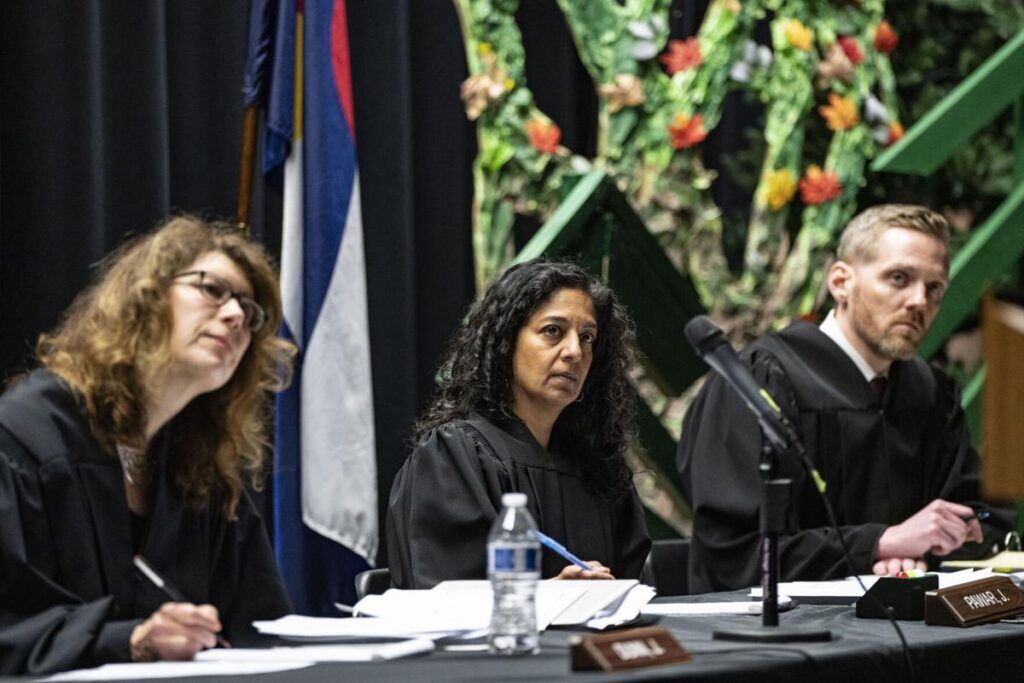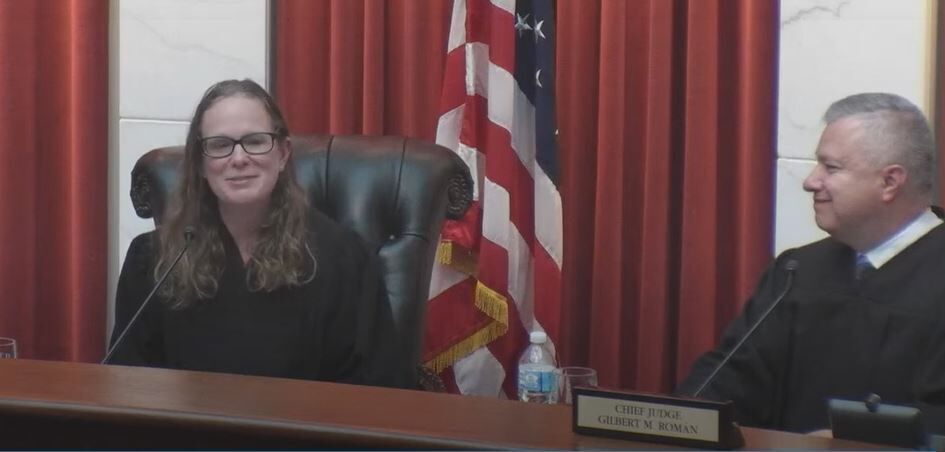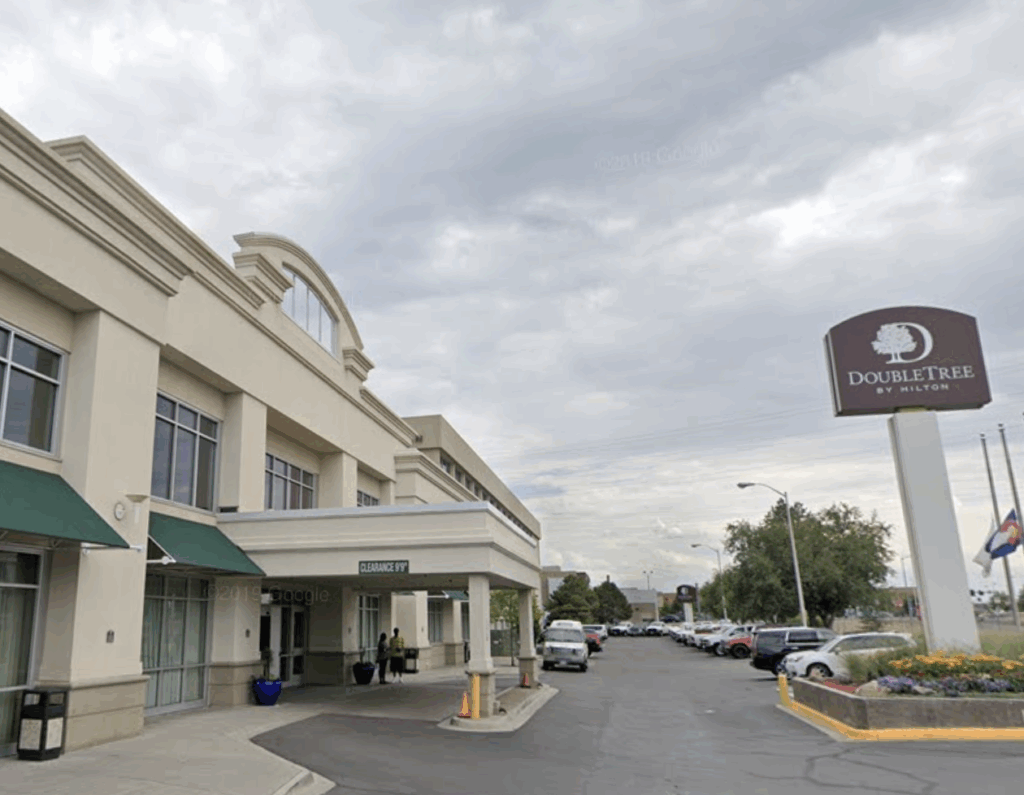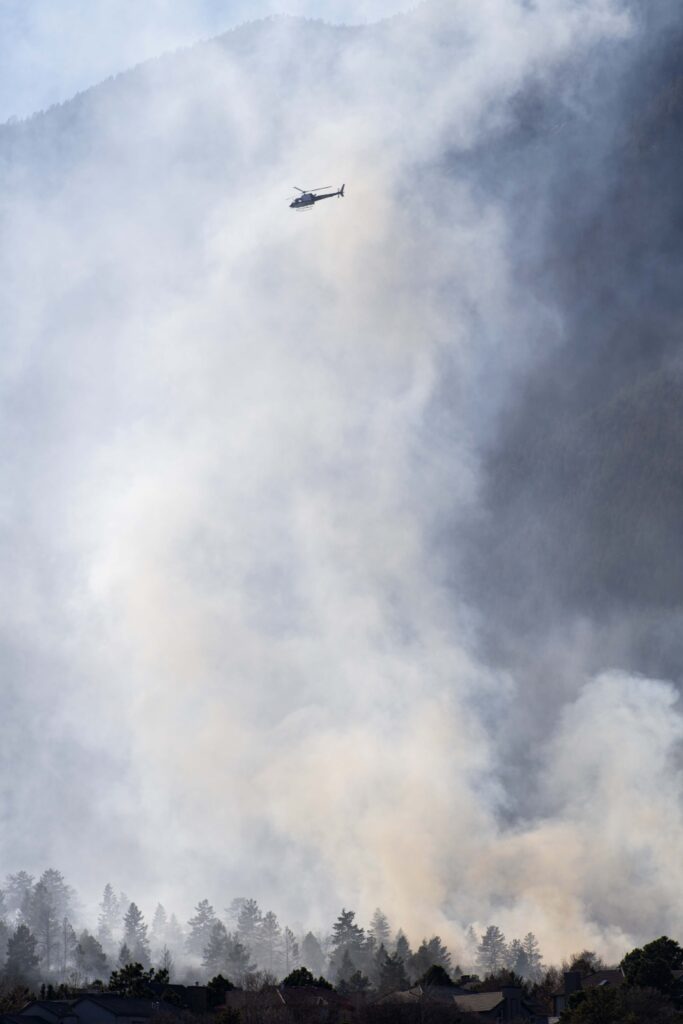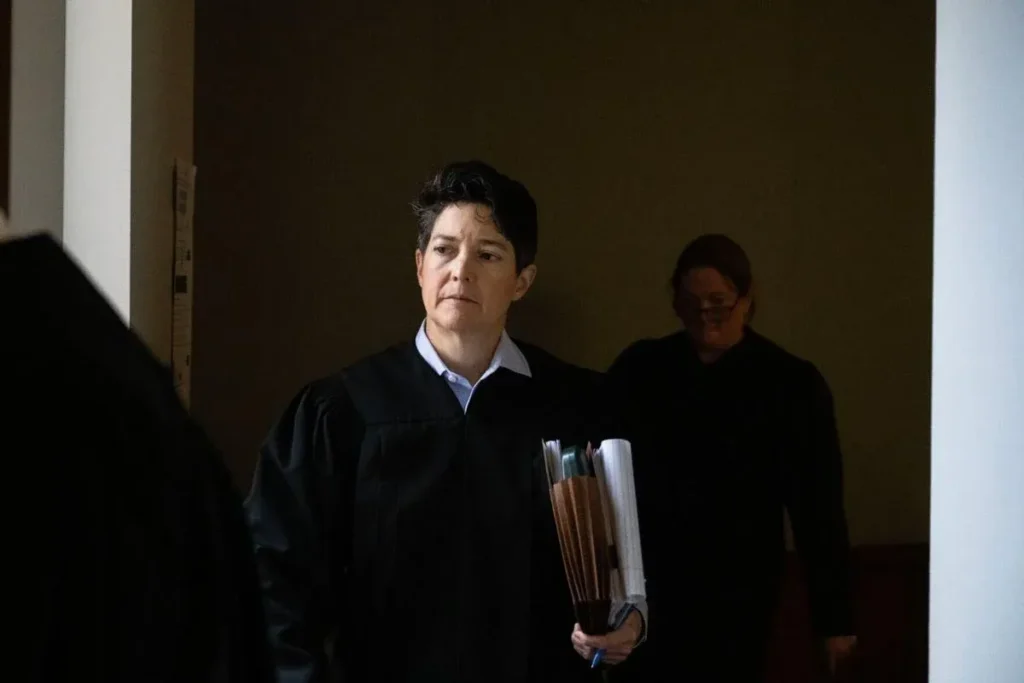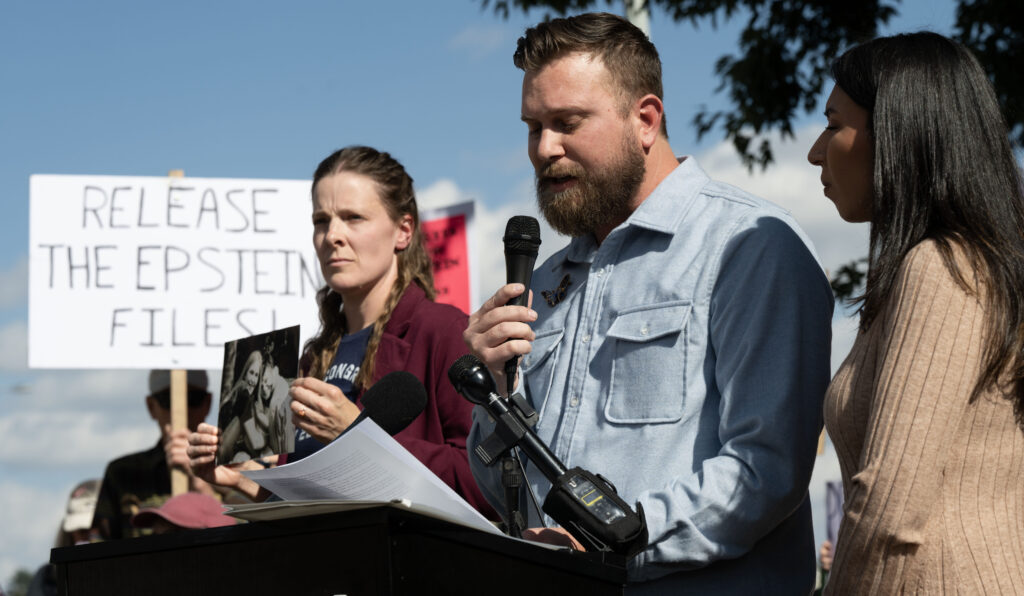Colorado lawmakers weigh options to fund $350M public safety initiative approved by voters
One of the key questions surrounding the state’s next spending plan is when and how to fund a voter-approved ballot measure that directs the government to allocate $350 million toward specified public safety needs.
Proposition 130 created the Peace Officer Training and Support Fund to increase annual pay for law enforcement officers; provide one-time hiring, recruitment, and retention bonuses for law enforcement officers; hire additional officers to address specific geographic locations or types of crime; provide ongoing training to new and veteran officers in areas, such as the use of force, restraints, and physical fitness; and establish a one-time death benefit of $1 million for each law enforcement officer killed in the line of duty.
Voters approved the measure by more than five percentage points last November.
But with a $1.2 billion general fund shortfall, state officials are struggling with how much of the voter-mandated initiative the state can afford.
Gov. Jared Polis made it clear in his State of the State address in January that he wants some progress in the upcoming budget in funding the measure. In particularly, the governor noted Proposition 130’s provision to give widows of fallen officers $1 million.
One of the governor’s guests at the State of the State was Annalise Dunn, the widow of Golden officer Evan Dunn, who was struck and killed while responding to a highway crash on Nov. 6 last year. Authorities said a man drove into the crash scene, slamming into a parked truck and pushing it into another car, pinning both Dunn and another officer.
“We now have the opportunity to implement this as quickly as possible to ensure no family of a law enforcement officer lost in the line of duty needs to worry about their needs being met,” Polis said. “And we can work together to ensure that the family of Golden Officer Evan Dunn, who was tragically killed in the line of duty on Nov. 6, receives this support that was passed the day before his death.”
One solution lawmakers are considering is to use a portion of the general funds to cover the first year’s funding, set at $35 million. But that won’t happen until the 2026-27 budget, according to a bill draft reviewed by the Joint Budget Committee Monday.
How it would be funded after that depends on the Colorado Public Employees’ Retirement Association or PERA. The state pension plan receives an annual payment of $225 million, established through legislation in 2018.
According to the bill draft, the payment would be reduced to $190 million per year to cover the $35 million after the first year. However, this reduction would not impact PERA, as it would continue to earn investment income and interest of at least that amount every year, beginning a year from now.
That’s because the bill directs the state treasurer to issue a one-time payment of $500 million to PERA on July 1, 2026 from the general fund reserve.
JBC Chair Sen. Jeff Bridges, D-Greenwood Village, told reporters recently that it was his intention to use the reserve to cover the first year’s cost.
While Monday night’s discussion was primarily focused on financing, some members — including Bridges and Rep. Emily Sirota, D-Denver — expressed discomfort about the policy itself. They did not elaborate on those concerns.
Sen. Barbara Kirkmeyer, R-Brighton, initially hesitated, stating it would be better to wait a year for the interest to accrue before the first distribution.
“This is a brilliant way to get a stable return over a certain number of years,” Bridges said, giving PERA the opportunity to earn more or possibly less money.
It’s up to the retirement fund to make $35 million every year, and Bridges said PERA committed to taking a lower payment every year under the proposal.
Lively said the question is what happens after the first decade since Proposition 130 would be paid for after 10 years. PERA’s $225 million would return to its original level, and the pension plan would continue to earn interest on the $500 million investment.
“Can’t we leave that to the smart people who will follow us in 10 years?” Bridges said.
So, what does that do to the general fund reserve? The bill prohibits future legislature from lowering the general fund reserve below $1 billion — should that happen, the PERA distribution would be reduced.
Director Mark Ferrandino of the Office of State Planning and Budgeting also weighed in, stating that the administration is comfortable with the mechanism outlined in the bill.
“I felt strongly a billion dollars is the right number,” he told the JBC.
Both Sirota and JBC Vice-Chair Rep. Shannon Bird, D-Westminster, supported the idea of a sunset or repeal, although Sirota also stated that, since the ballot measure was silent on the lifetime of the death benefit, she favored keeping it in place.
The JBC did not reach a decision on Monday regarding whether to sponsor the bill, as it needed more time to review the proposal.
Proposition 130 did not specify a timeline for initiating the program. That means the budget panel doesn’t have to run the bill alongside the budget bill that is expected to be introduced next week.
Not doing the spending until 2026-27 may not be a significant issue, Ferrandino said. But there’s one family who is due to receive those survivor benefits, and he wondered whether that should be held up.
Bridges said the proposal will leave PERA in a better financial situation and cover what the voters asked for, albeit starting a year from now.


